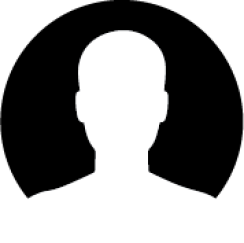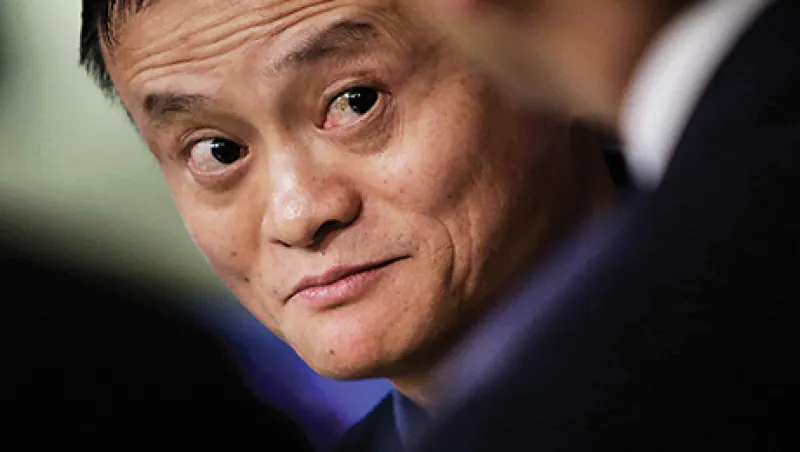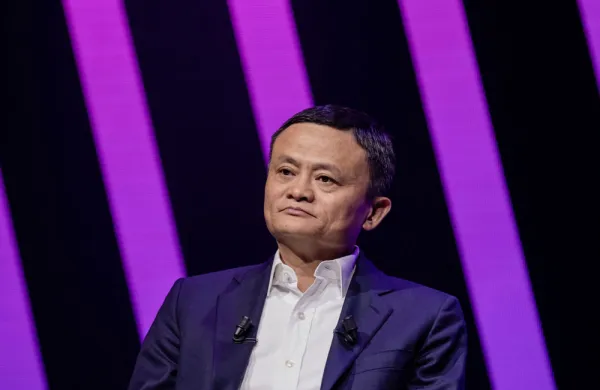Is the IPO back? When Alibaba Group ended its first day of trading as a public company last month with a share price gain of 38 percent, closing at $93.89, many in the investment banking community answered that question with a definitive yes (see also “Alibaba: The Wait Is Over, Will the Price Be Right?”).
It wasn’t just that the Chinese e-commerce giant’s initial share sale on the New York Stock Exchange — at $25 billion, the biggest ever — was smoothly executed. A flurry of IPOs followed in the week after Alibaba went public, including that of Citizens Financial Group, the retail bank spun off from Royal Bank of Scotland. After spending much of the post-financial-crisis era in the doldrums, the U.S. IPO market is “robust and healthy” once more, declared David Ethridge, head of capital markets for the NYSE, with this year’s batch of successes sure to encourage more companies to pursue public listings.
On the numbers alone, it’s true that 2014 looks set to be the best year for IPOs since the crisis. There have been 210 IPOs in the U.S. so far this year, with a total deal value of $72.2 billion, according to Dealogic. Last year there were 230, for $61.9 billion; 2010, the next best, saw 171, at $44.6 billion. That seems impressive, but it’s a far cry from the precrisis years and especially the 1990s, when it wasn’t uncommon for there to be more than 500 IPOs annually.
Nor is it clear that smaller firms are tempted by this mild rebound in IPO activity to put themselves on the public market. For starters, large institutional investors such as Fidelity and T. Rowe Price are participating more in later-stage venture capital financing. “The availability of private capital is enabling companies to stay private longer and go public later,” says Bob Goodman, a New York–based partner at Bessemer Venture Partners, a $1.6 billion venture capital firm.
Even later in a company’s growth cycle, changes to corporate financing mean that the IPO may no longer appeal as the best exit strategy. In 1993 just 25 percent of VC transactions were done through mergers and acquisitions, but the M&A market has since become “really high-quality,” says Bastiaan Janmaat, co-founder and CEO of DataFox, a Mountain View, California–based start-up that gathers intelligence on investable private companies. “I see tons of great acquirers within 30 miles of my office who are flush with cash, able to move quickly and will let smaller firms preserve their culture.” This, Janmaat adds, is rarely the case with IPOs, which take time to organize, offer finance through stock instead of cash, and usually involve trade-offs on governance and strategy.
On the day his company went public, Alibaba founder and chairman Jack Ma declared that “everyone should have a dream.” The dream of investment bankers is that the IPO will return to its 1990s heyday. But market developments mean it might never.
Follow Aaron Timms on Twitter at @aarontimms.







